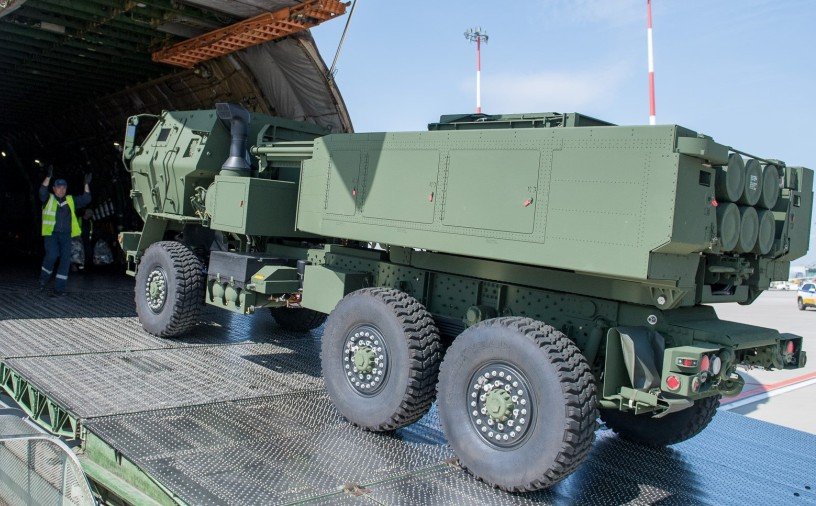The conflict in Ukraine has **reshaped global geopolitics** in ways few could have predicted. One of the biggest beneficiaries of this ongoing war has been the **U.S. defense industry**, which has seen an **unprecedented surge in arms sales**. While military aid to Ukraine has been framed as a necessity to support democracy and resist aggression, a **deeper look** reveals a complex web of financial and political gains for U.S. arms manufacturers, government agencies, and strategic allies.
So, who really profits from this surge in arms exports? And what does this mean for **global security and the future of warfare**? Let’s dive into the details.
## The Rise of U.S. Arms Sales Amid the Ukraine Conflict
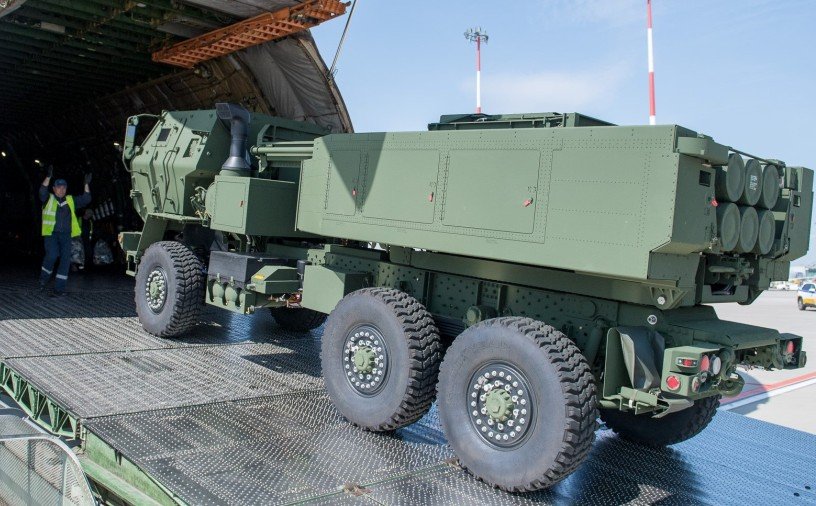
### 1. **Record-Breaking Defense Contracts**
Since the start of the war in **February 2022**, the United States has sent **tens of billions of dollars** worth of military aid to Ukraine. This has included:
– **Advanced missile systems** (such as HIMARS and Patriot missile batteries)
– **Drones and surveillance technology**
– **Ammunition and artillery shells**
– **Tanks and armored vehicles**
Many of these weapons have been supplied by U.S. defense giants such as **Lockheed Martin, Raytheon Technologies, Boeing, and Northrop Grumman**. With heightened global demand for weapons, these companies have seen their **revenues skyrocket**.
### 2. **A Booming Global Demand for American Weapons**
The war in Ukraine has also prompted **other nations** to increase their own defense spending, further driving U.S. arms exports. NATO allies, particularly in Europe, are **rearming at an accelerated pace**, and the U.S. is their primary supplier. Countries such as **Germany, Poland, and Finland** have placed large orders for American military equipment, further boosting profits for U.S. defense contractors.
According to reports, the U.S. now accounts for **over 40% of global arms exports**, cementing its dominance in the industry.
## The Key Beneficiaries of This Surge
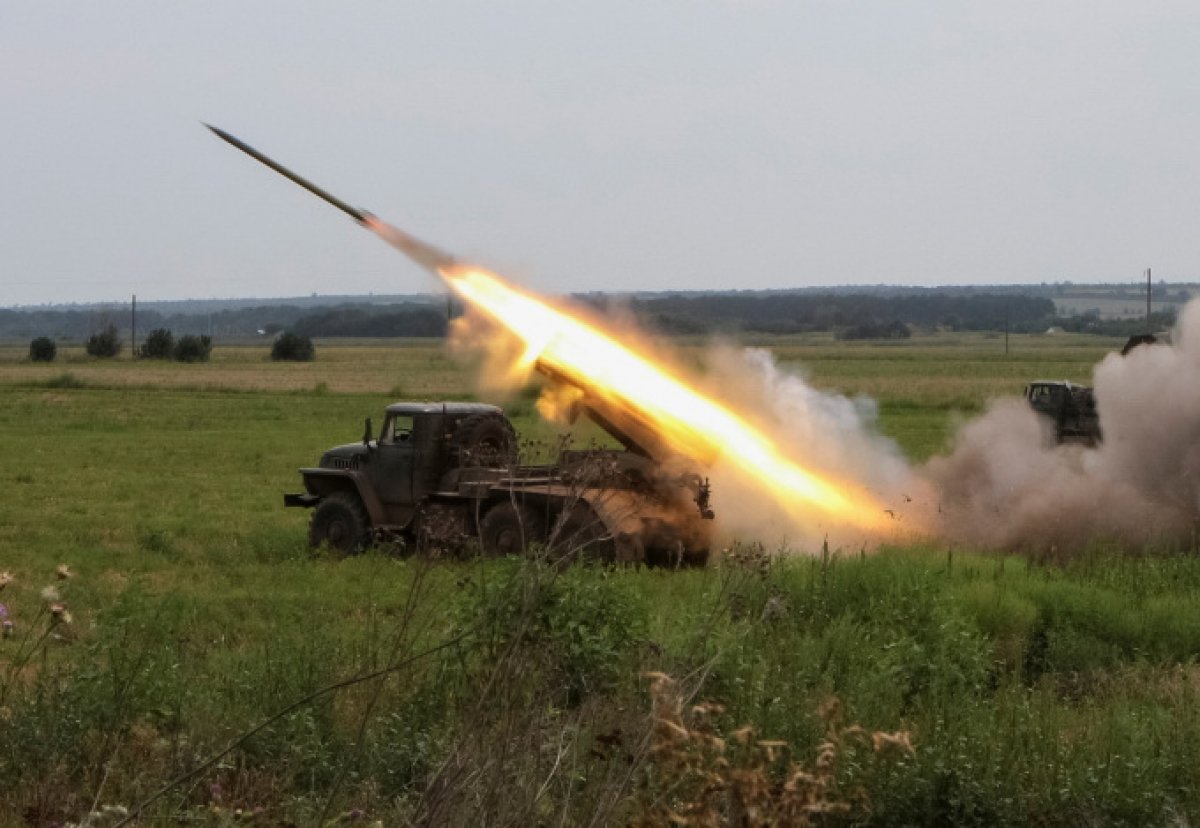
### 1. **The U.S. Defense Industry**
Major American defense companies have seen their stock prices **hit all-time highs** since the war began. Let’s look at some key players:
– **Lockheed Martin** (Manufacturer of HIMARS & F-35 fighter jets) – Reported a **significant rise in contracts** and an increase in profits.
– **Raytheon Technologies** (Producer of Patriot missile defense systems) – Benefited immensely from the **supply of air defense systems** to Ukraine and NATO allies.
– **Boeing** (Supplier of military drones and aircraft) – Secured major deals with European nations upgrading their air forces.
– **Northrop Grumman** – Experienced a rise in demand for advanced surveillance and defense technologies.
### 2. **U.S. Government and Strategic Interests**
While the defense industry makes **direct profits**, the U.S. government benefits in **strategic ways**:
– **Expanding Influence** – Supplying weapons to Ukraine and European allies strengthens U.S. leadership within NATO and global security.
– **Weakening Russia** – By prolonging the conflict, the U.S. ensures that Russia remains **economically and militarily strained**.
– **Justifying Higher Defense Budgets** – The war has led to increased military spending, securing more funding for the **Pentagon** and related agencies.
### 3. **Private Investors and Wall Street**
Major hedge funds and institutional investors have seen **huge returns** from investing in defense stocks. The war has **fueled long-term confidence** in military spending, making defense stocks a lucrative investment. Some of the biggest beneficiaries include:
– **Vanguard Group** – A major shareholder in multiple defense companies.
– **BlackRock** – One of the largest investors in military contractors.
– **JP Morgan & Goldman Sachs** – Financial institutions profiting from the surge in defense industry growth.
## The Ethical Debate: Is the U.S. Fueling the Conflict for Profit?
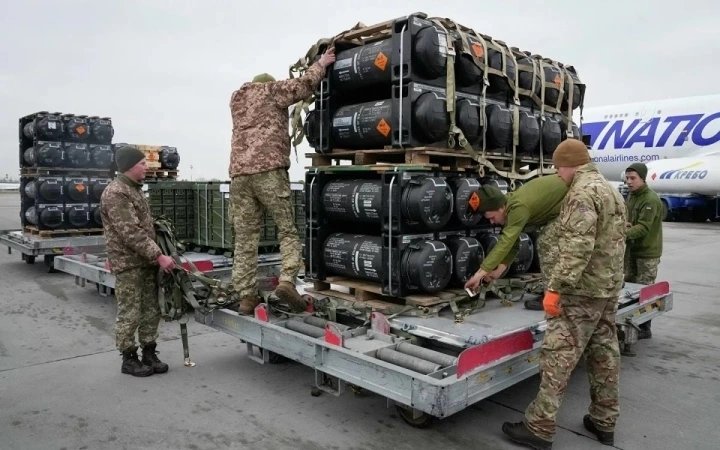
Critics argue that **continuous arms supplies** may be prolonging the war rather than bringing it to a resolution. While the official narrative focuses on defending Ukraine, **skeptics question whether the U.S. military-industrial complex has an incentive to keep the war going**.
### 1. **Prolonged Conflict = More Arms Sales**
If peace were achieved swiftly, the **demand for weapons would drop**. Many analysts believe that certain policymakers and corporate interests **stand to gain more from a drawn-out war** than a quick resolution.
### 2. **Humanitarian Concerns**
The **influx of advanced weaponry** has raised concerns about **arms proliferation**. Some experts warn that surplus weapons could **fall into the wrong hands**, increasing risks of long-term instability in the region.
### 3. **Calls for Transparency and Regulation**
Advocacy groups and watchdog organizations are demanding **greater oversight** on arms contracts, arguing that the U.S. must ensure weapons are being used responsibly and not escalating global tensions.
## What’s Next? The Future of U.S. Arms Exports
The Ukraine war has set **a new precedent** for military aid and arms exports. As tensions **rise with China, Russia, and other global adversaries**, the U.S. defense industry will likely remain **highly profitable**. However, key questions remain:
– **Will the U.S. continue ramping up military aid to Ukraine, or shift towards diplomacy?**
– **How will China and Russia respond to America’s growing dominance in arms exports?**
– **Could this trend lead to new conflicts fueled by global military buildup?**
## Conclusion
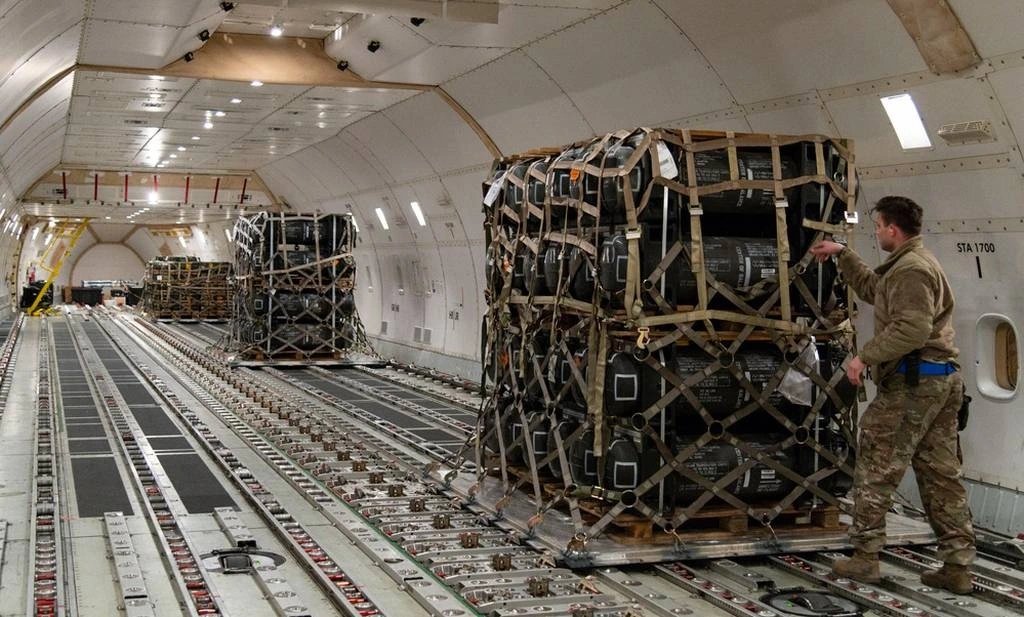
The war in Ukraine has undeniably **supercharged** the U.S. defense industry, leading to **massive financial gains** for arms manufacturers, investors, and the government. However, this raises serious ethical and strategic questions about **who truly benefits from war and whether economic incentives influence foreign policy decisions**.
As the world watches the conflict unfold, one thing is clear: **the business of war remains one of the most profitable industries on the planet.**
